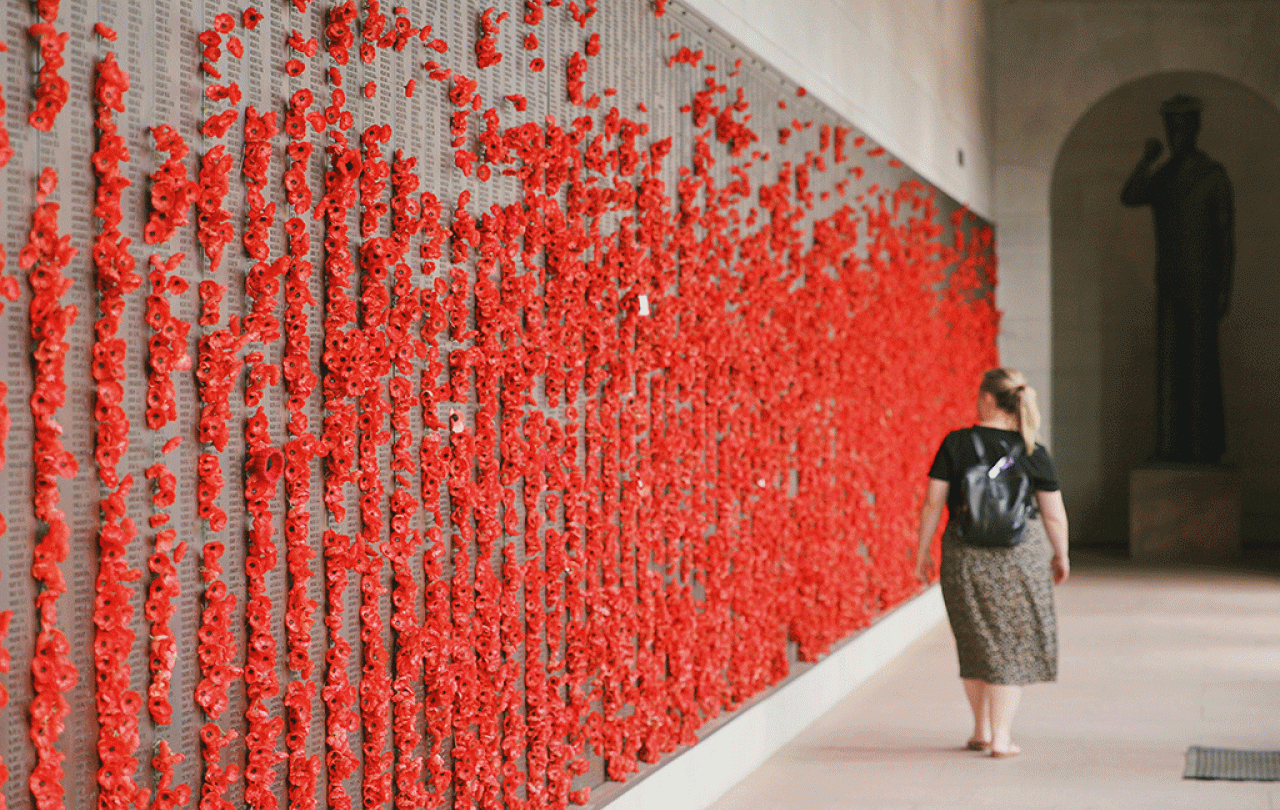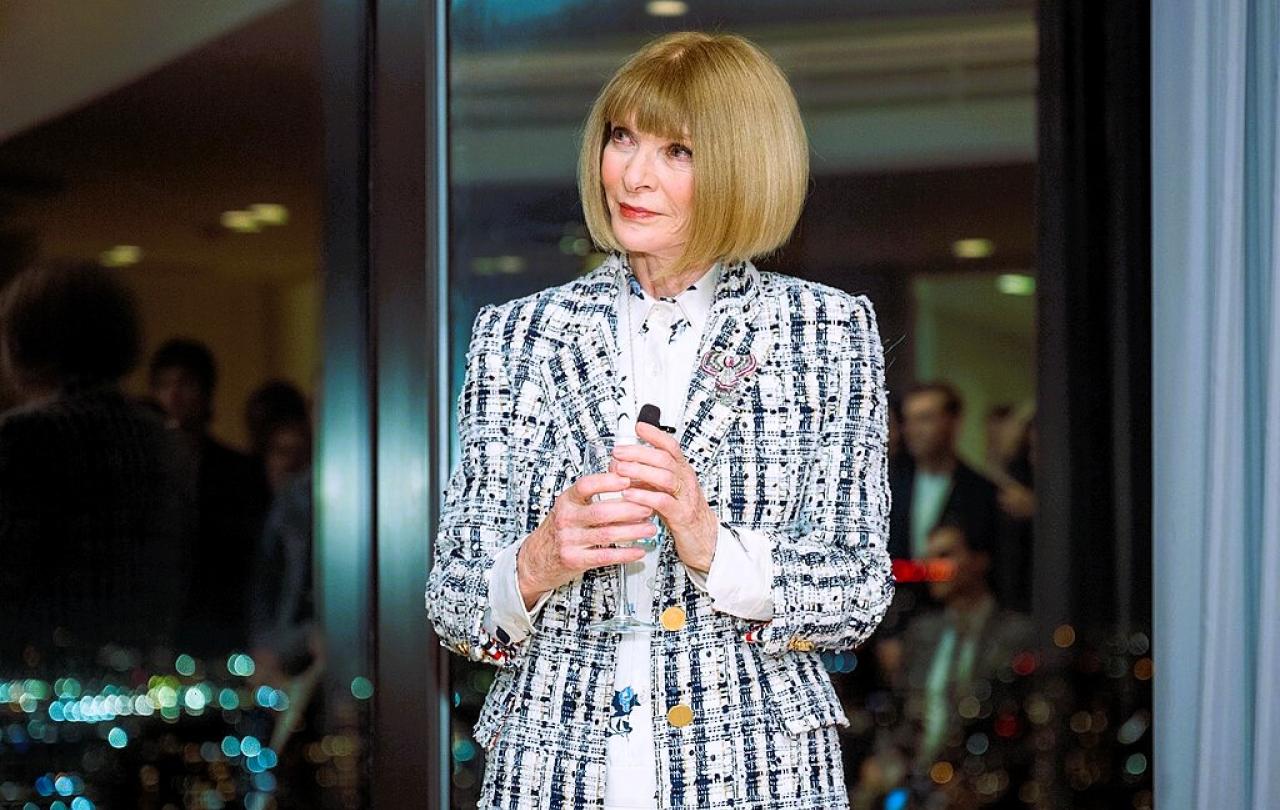
Remembrance Day is complicated. A nation shows its gratitude for the service and sacrifice of its armed forces and tries to connect to its history. Never far away, are poppy politics, along with anxiety about identity and forgetting, and fears about nationalism and militarism. Is this the way to remember?
Last November, protests in solidarity with Gaza dominated the headlines. On Armistice Day, hundreds of thousands of people marched through central London to demand a ceasefire. In the preceding weeks, there was vigorous debate about whether the march should be cancelled. There were several motivations for this: there were genuine fears of violence and extremism, and of disruption at the Cenotaph, but also questions of whether marching on Armistice Day was inappropriate or disrespectful.
The march itself was organised to minimise the risk of disrupting public commemorations of Remembrance. It started several hours after the two-minute silence and followed a route several miles from the cenotaph. It was mostly peaceful, although there were arrests for anti-Semitism, open support for terrorism and violent attacks on police officers. Armistice Day did see violence around the cenotaph, but this was from the self-described ‘Cenotaph Defenders’ who had organised a counter-demonstration against the Gaza march. The group of football hooligans and far-right EDL members gathered with poppy emblazoned banners declaring ‘Have some respect for British Heroes’. Within a few hours, the calls for respect had degenerated into violent attacks on serving uniformed officers, in this case the police.
The far-right’s adoption of remembrance symbolism can be seen as an extreme form of a wider entanglement of poppies and politics. The red paper poppy is a symbol of remembrance, but it has other connotations. For some it invokes patriotism and feelings of pride in their country, for others it represents conformity and militarism. Whether television news presenters are wearing them attracts disproportionate attention. In 2019, one Australian TV network had a very tasteless segment denouncing a rival station whose newscasters failed to wear poppies. The non-poppy wearing hosts were accused of failing in their duty to respect their country and to help preserve its culture and traditions. Regardless of the presenters’ actual reasons, this feels like a lot of baggage to load onto the delicate poppy, a symbol of quiet remembrance and gratitude.
Unsurprisingly, this has led many to question whether Remembrance Day has become detached from its original purposes. Twelve years after the death of the last British First World War veteran, there is little living connection to either of the two world wars. With this passage of time, there is a growing danger of mistaking the symbols of ceremonial Remembrance for the thing itself.
The focus of remembrance can shift away from the sheer horrors of war, from awe at the sacrifice of our forebears, and from the resolved ‘never again’ to fixing our gaze on the processed goods: the ceremonial silence, the poppies themselves and even the quality of our own emotional response.
Some commentators have suggested that organised Remembrance has served its purpose and is best forgotten, and that too much remembering is a bad thing, fuelling grudges and sectarian conflicts. Personally, I’m not convinced, but I do think our current Remembrance is missing something.
With a strong grounding in a shared past and a common hope, we would talk frankly about the times our country has fallen short without a sense of betraying our history or identity.
Reflecting on the importance and difficulty of memory, the writer and Holocaust survivor Elie Wiesel emphasised the importance of hope. Despite the horrific experiences of the twentieth century, for Wiesel it is hope that “summons the future”. Memory without hope would lead us to a dead-end, where we grip onto the past while feeling it slip like sand through our fingers. Many of the anxieties around Remembrance point to a hope deficit.
How can we remember with hope?
We need to broaden our perspective and engage better with our shared national story. We need to be grounded in our history, stories and myths but we also need to be drawn forward by the good things we have and will have. If this story is big enough then it will be a large tapestry of interwoven strands, and we will be able to generously incorporate new strands, other cultures with their own relationship to the past into it. We will also be better prepared for our remembering to deal with difficult questions about our nation’s history. With a strong grounding in a shared past and a common hope, we would talk frankly about the times our country has fallen short without a sense of betraying our history or identity. Hope would connect us better to our neighbours overseas and to the men and women who risk their lives to serve their country.
Last Remembrance Sunday, I helped our church’s under-7s make big paper poppies out of red paint and paper plates. The older children made origami peace cranes, and both the big red poppies and the peace cranes were placed by the altar. Here the focus is on remembering, but not just on our own memory. For me and countless other Christians, God’s memory is the real focus. God remembers us in our broken and war-torn world, and as Jesus, chose to join us in it, experiencing the worst of suffering while dying a painful death. All our personal and collective stories of pain, loss and sadness are met in this sacrifice. More than this, in the promises of restoration Jesus gave when He rose from the dead, they find a concrete hope.
What does Remembrance look like when it’s really grounded in hope? I think there would be a few noticeable signs. It would be less precious about itself. It would be more open to different emphases of remembrance such as the Peace Pledge Union and the white poppy, and excited about new creative expressions of remembrance like the ‘poppy walks’ organised by the Royal British Legion. More patient to the concerns of those who find the religious elements of Remembrance difficult. More integrated into our attitudes to current and ongoing conflict around the world. Most of all I hope it would make us really hungry for both peace and for righteousness.





